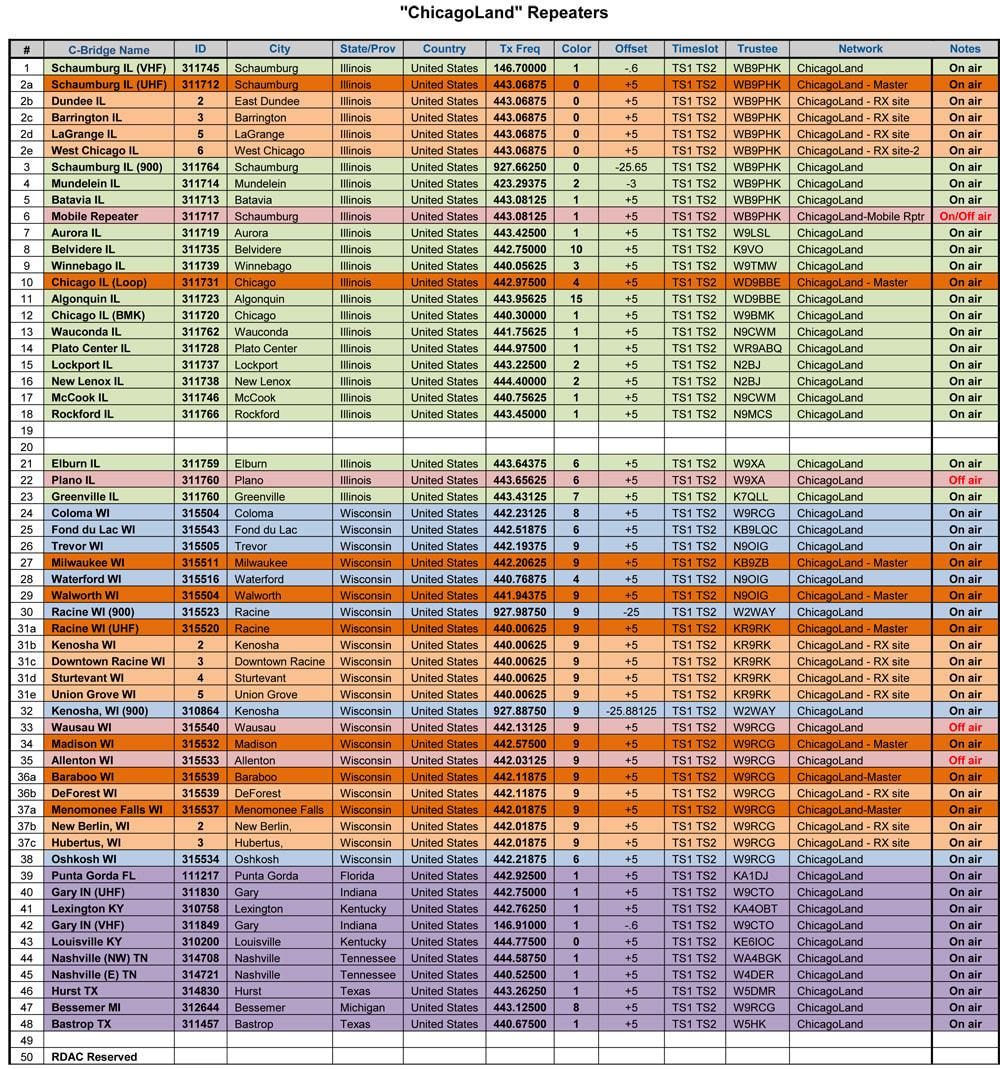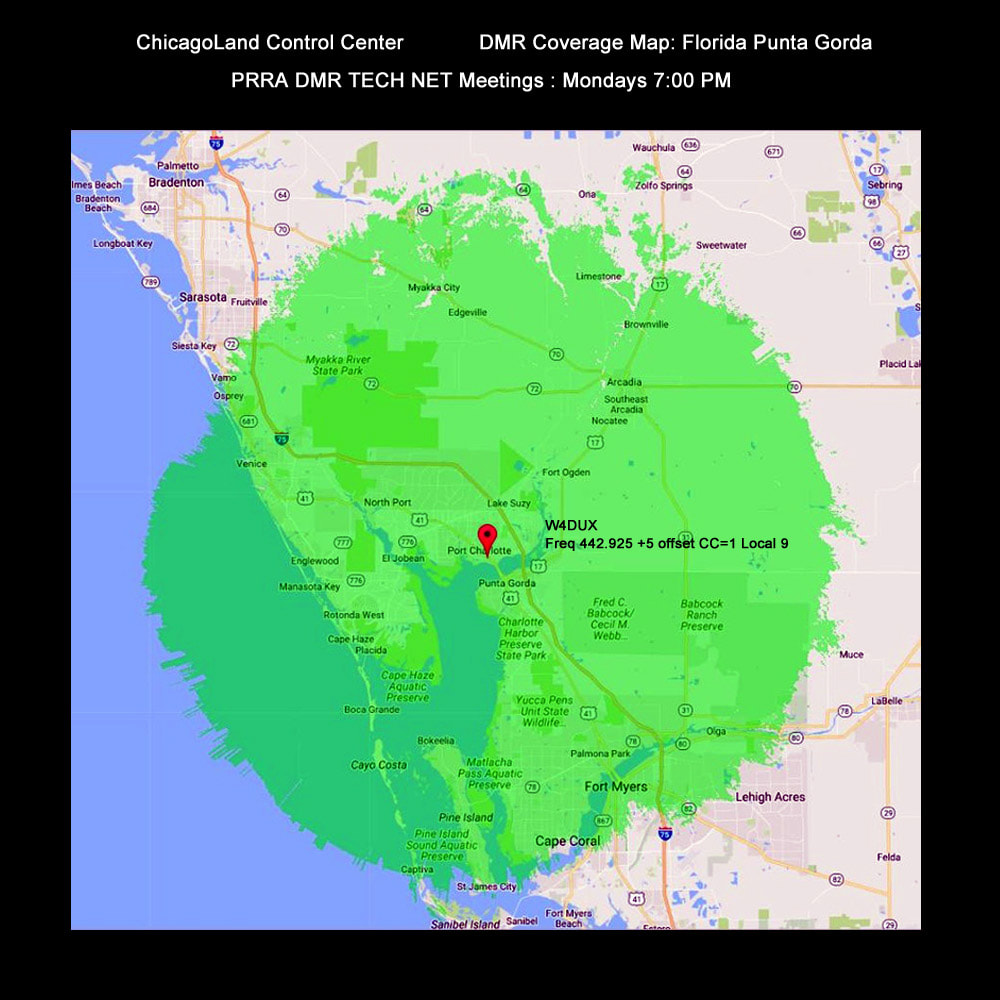Digital mobile Radio (DMR)
What is DMR?
What is DMR?
digital_mobile_radio_web_page_v2.pdf
Digital Mobile Radio (DMR) was developed by the European Telecommunications Standards Institute (ETSI) and is used worldwide by professional mobile radio users. [http://www.dmrassociation.org] DMR is divided into three tiers. Tier I is a single channel specification originally for the European unlicensed dPMR446 service. It is a single channel FDMA 6.25 kHz bandwidth; the standard supports peer-to-peer (mode 1), repeater (mode 2) and linked repeater (mode 3) configurations. The use of the Tier I standard has been expanded into radios for use in other than the unlicensed dPMR446 service. [http://www.dpmr-mou.org]
Tier II is 2-slot TDMA 12.5 kHz wide peer-to-peer and repeater mode specification, resulting in a spectrum efficiency of 6.25 kHz per channel. Each time slot can be either voice and/or data depending upon system needs. IP Site Connect (IPSC) for interconnecting repeaters over the Internet is vendor specific and is not part of the ETSI standards at this time. Most amateur radio implementations of DMR are using voice on both time slots.
For more information please read Amateur Radio Guide to Digital Mobile Radio by clicking on this link
More useful information:
W4DUX DMR Repeater
http://dmr-marc.net/FAQ.html
http://chicagoland-cc.org
Digital Mobile Radio (DMR) was developed by the European Telecommunications Standards Institute (ETSI) and is used worldwide by professional mobile radio users. [http://www.dmrassociation.org] DMR is divided into three tiers. Tier I is a single channel specification originally for the European unlicensed dPMR446 service. It is a single channel FDMA 6.25 kHz bandwidth; the standard supports peer-to-peer (mode 1), repeater (mode 2) and linked repeater (mode 3) configurations. The use of the Tier I standard has been expanded into radios for use in other than the unlicensed dPMR446 service. [http://www.dpmr-mou.org]
Tier II is 2-slot TDMA 12.5 kHz wide peer-to-peer and repeater mode specification, resulting in a spectrum efficiency of 6.25 kHz per channel. Each time slot can be either voice and/or data depending upon system needs. IP Site Connect (IPSC) for interconnecting repeaters over the Internet is vendor specific and is not part of the ETSI standards at this time. Most amateur radio implementations of DMR are using voice on both time slots.
For more information please read Amateur Radio Guide to Digital Mobile Radio by clicking on this link
More useful information:
W4DUX DMR Repeater
http://dmr-marc.net/FAQ.html
http://chicagoland-cc.org
|
|
Utilities you may need to properly view this Website

RPTR IDCALLSIGNCityState/ProvCountryFrequencyColor CodeTime SlotsOffsetTrusteeNetworkTalk GroupsMap111217W4DUXPunta GordaFloridaUnited States442.925001TS1 TS2+5.000KA1DJChicagoland
310972N4ADIPunta GordaFloridaUnited States444.650001TS1 TS2+5.000N4ADIBM
310972N4ADIPunta GordaFloridaUnited States444.650001TS1 TS2+5.000N4ADIBM
You should not rely upon the material or information on the website as a basis for making any decisions. Whilst we endeavor to keep the information up to date and correct, PRRA makes no representations or warranties of any kind, express or implied about the completeness, accuracy, reliability, suitability or availability with respect to the website or the information, products, services or related graphics contained on the website for any purpose. Any reliance you place on such material is therefore strictly at your own risk.



